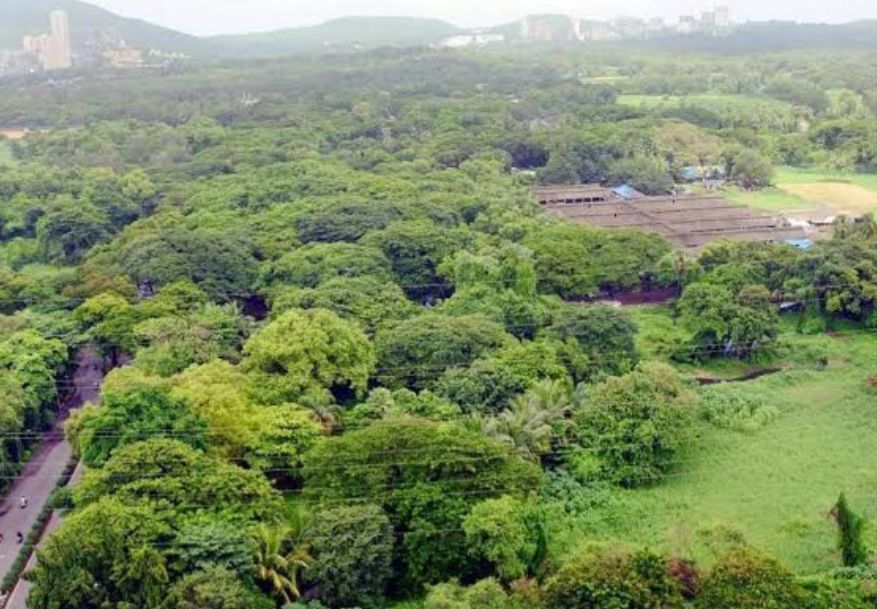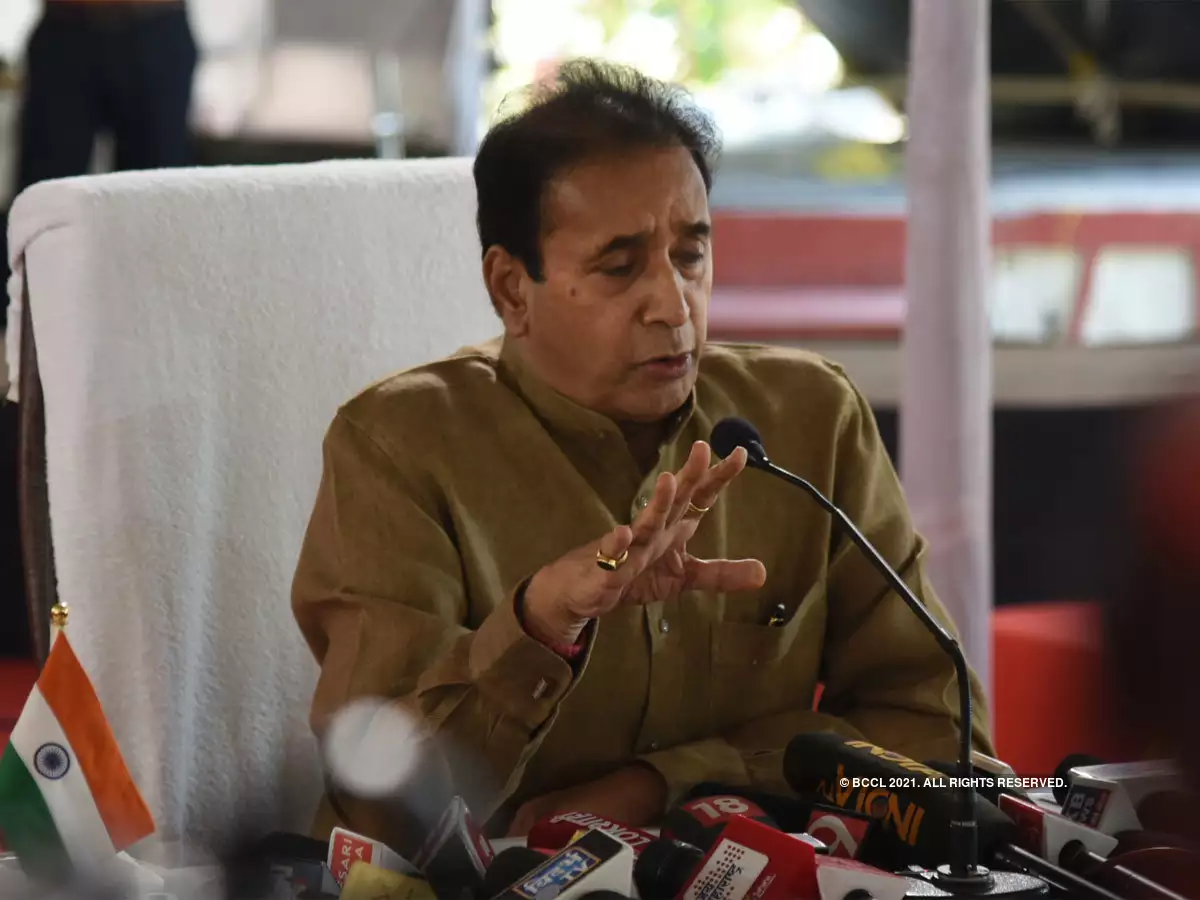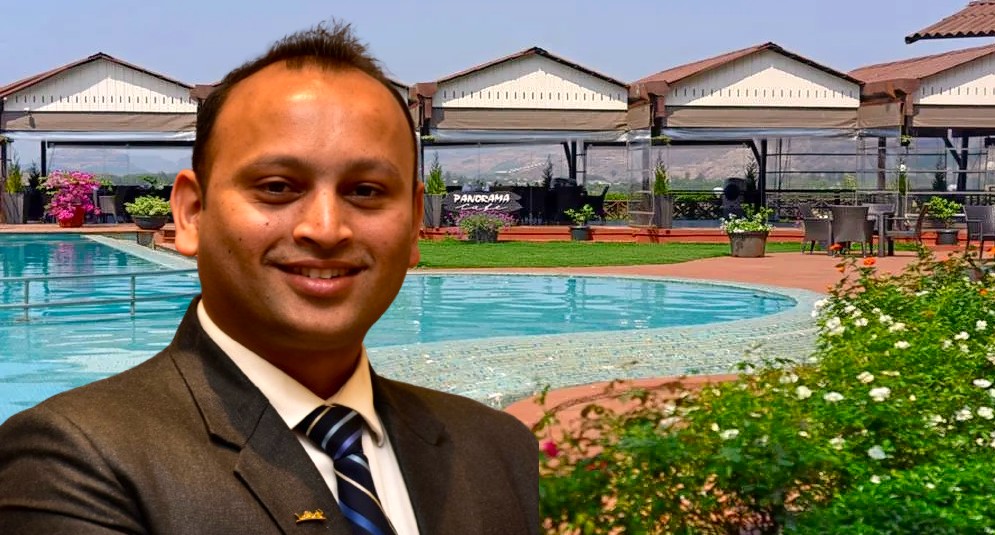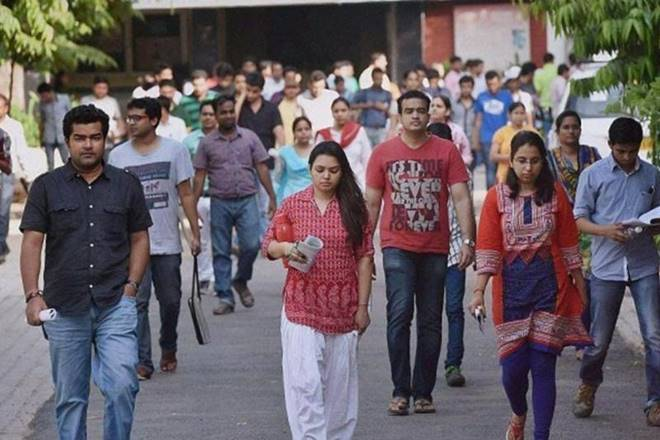The Aarey Forest, located in the northern suburbs of Mumbai, has become a focal point of contention between urban development ambitions and environmental conservation efforts. This narrative delves into the intricate history of the Aarey Forest controversy, highlighting the key events, stakeholders, and implications involved.
Background: Aarey Forest’s Ecological Significance
Aarey Forest, encompassing over 13,000 hectares, is adjacent to the Sanjay Gandhi National Park. It is home to a rich biodiversity, including approximately 300 species of flora and fauna. The forest also houses over 20 Adivasi villages, making it not only an ecological haven but also a cultural and social one.
Initiation of the Metro Car Shed Project (2014)
In 2014, the Mumbai Metro Rail Corporation Limited (MMRCL) proposed constructing a car shed for Metro Line 3 (Colaba–Bandra–SEEPZ) within the Aarey Milk Colony. The plan involved clearing approximately 33 hectares of land and felling over 2,000 trees. Environmental groups, notably Vanashakti and the Aarey Conservation Group (ACG), opposed the project, citing threats to biodiversity, indigenous communities, and the city’s green cover. They petitioned the National Green Tribunal (NGT) in January 2015 to halt the development.
Legal and Environmental Developments (2016–2019)
In December 2016, the Union Environment Ministry designated areas up to 4 km from the Sanjay Gandhi National Park’s boundary as an eco-sensitive zone. However, 165 hectares in Aarey were excluded to facilitate Metro Line 3 construction. The NGT temporarily stayed construction activities in Aarey in December 2016, but by early 2017, exemptions were granted for specific works.
Despite ongoing legal battles, the Bombay High Court dismissed petitions against tree felling in October 2019. Subsequently, MMRCL felled over 2,100 trees, sparking widespread protests. The Supreme Court intervened on October 7, 2019, ordering a halt to further tree cutting until the next hearing.
Political Shifts and Policy Reversals (2019–2020)
Uddhav Thackeray became Maharashtra’s Chief Minister in November 2019. One of his initial actions was to halt the car shed’s construction in Aarey. By October 2020, his government decided to relocate the project to Kanjurmarg and declared approximately 800 acres of Aarey as reserved forest.
Reinstatement of the Original Plan (2022–2023)
In June 2022, the Eknath Shinde–Devendra Fadnavis government assumed power. Shortly thereafter, Deputy CM Fadnavis announced the return of the car shed to Aarey, overturning the previous administration’s decision. This move reignited protests and legal challenges. Despite opposition, the Supreme Court allowed MMRCL to seek permission to fell 84 additional trees in November 2022.
Current Status and Implications
As of early 2023, the Maharashtra government assured the Supreme Court that no further tree felling would occur in Aarey for the metro project. However, the project’s delays have led to significant cost overruns and postponed the Metro Line 3’s completion by several years.
Conclusion
The Aarey Forest controversy underscores the complex interplay between environmental preservation and urban development. It highlights the challenges of balancing ecological concerns with infrastructural needs in rapidly urbanizing cities like Mumbai. The ongoing debates and decisions surrounding Aarey will continue to serve as a critical case study in urban planning and environmental conservation.

Surjitt Sahani











